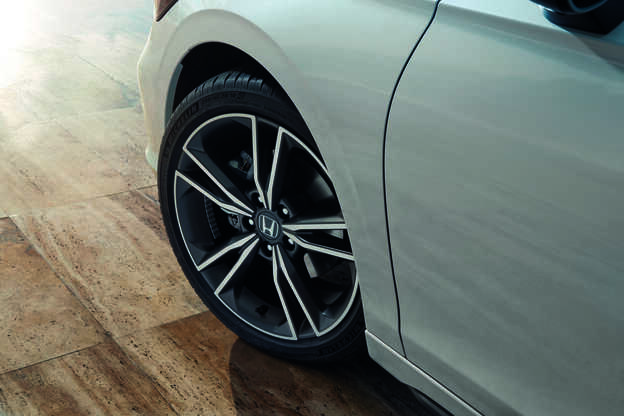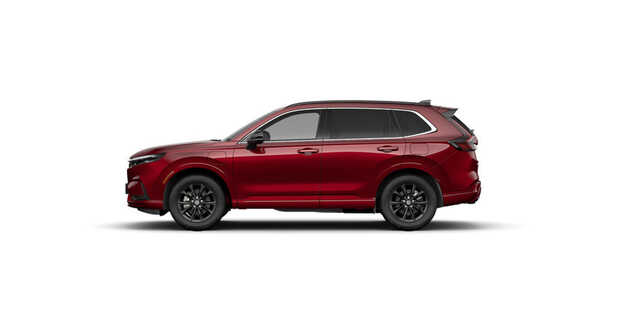Honda Hybrid Technology Explained
Hybrid electric vehicles offer the best of both worlds. They’re powered by both an internal combustion motor and one or more electric motors. At Honda we are proud to be in our fourth decade of hybrid technology, having been one of the first car manufacturers to offer these vehicles in the UK in 1999.
Fast forward to the present day and our latest e:HEV full hybrids continue to deliver impressive hybrid performance, without ever compromising their smooth power.
Honda e:HEV powertrain explained
At the heart of Honda’s e:HEV powertrain are two advanced electric motors, powered by the EV battery or the engine depending on driving conditions. The system is designed to switch between three distinct driving modes – Electric, Hybrid, and Engine Drive – enabling it to adapt seamlessly to different driving conditions.
- Electric Drive
- Hybrid Drive
- Engine Drive
When the battery power is low, the car will shift to hybrid mode where it's powered by the electric motor directly instead. This is where the petrol engine powers the generator motor, which in turn creates electricity to power the drive motor and turn the road wheels. Any excess energy charges the battery.
FAQs
Can I get a manual hybrid car?
Yes, you can get a manual hybrid car, but it will be a mild hybrid. Mild hybrids have manual transmission and can't travel on electric power alone, but the electric motor is simply there to reduce the workload of the petrol engine during acceleration etc for efficiency.
Full hybrids and plug-in hybrids don't have manual transmissions because the electric motor directly powers the wheels like an EV, bypassing the need for a manual transmission system.
Do hybrid cars still use petrol?
Yes, hybrid cars, as the name implies, use two sources of power – electric and fossil fuel. So, they still have a conventional combustion engine, that runs on traditional fuel, to power the car on longer journeys or higher speeds. This means they either need petrol or diesel.
Related reading
Honda Hybrid Range Overview
20.11.25
|
10 min
The History and Legacy of the Honda Prelude

05.09.25
What is regenerative braking and how does it work?

14.04.25
Why choose a Honda hybrid SUV?

09.04.25
Are hybrid cars worth it?

27.03.24
Holidays Are Coming: How To Drive Safely This Summer

26.03.24
The Honda CR-V: a perfect companion to any caravanning staycation

